Thai Massage for Beginners: Benefits, Types & How to Book in Amsterdam
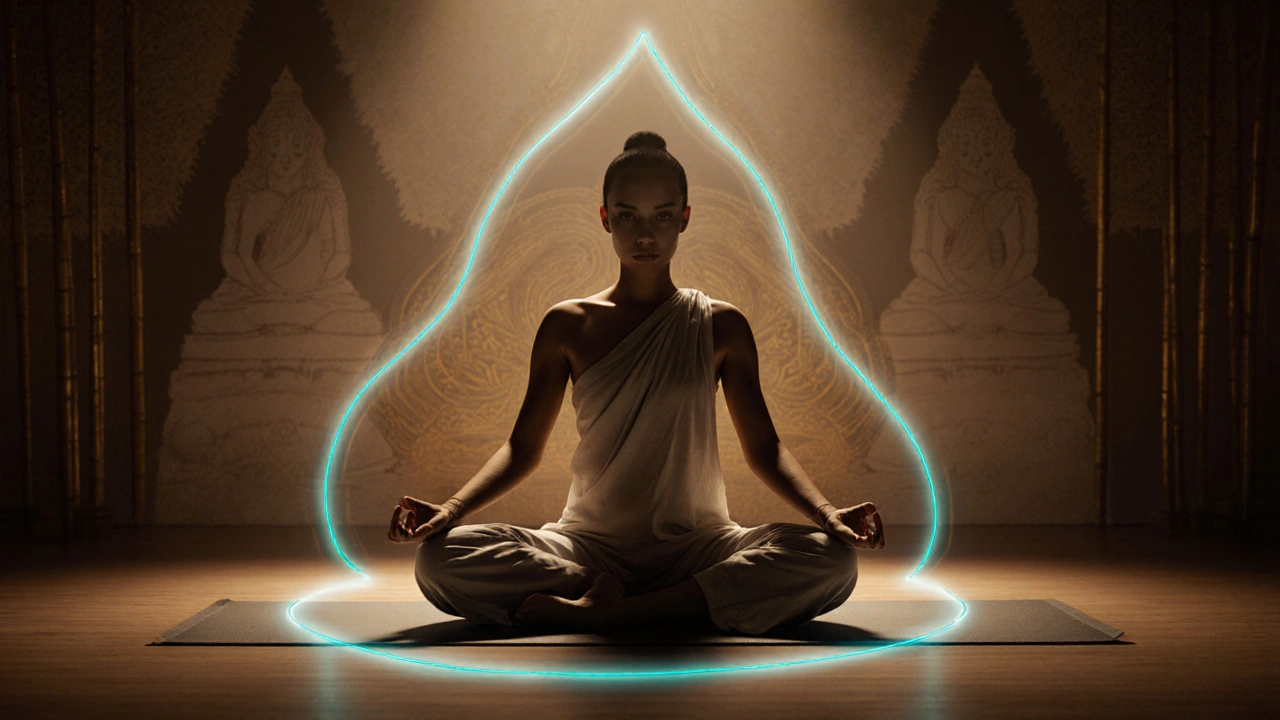
Key Takeaways
- Thai massage blends yoga‑like stretches, rhythmic pressure and deep breathing for total body relaxation.
- In Amsterdam you’ll find traditional Thai, Thai herbal ball, and Thai foot massage options.
- First sessions typically last 90minutes and cost €65-€110 depending on style and therapist experience.
- Always check therapist credentials, ask about pressure levels, and stay hydrated before and after.
- Booking online or via reputable spa apps guarantees a safe, authentic experience.
Direct Answer
If you’re new to Thai massage, expect a flowing session that stretches, presses, and energises your body while you remain fully clothed. In Amsterdam you can locate licensed studios offering 60‑ to 120‑minute sessions for roughly €65-€110. The practice improves flexibility, eases tension, and supports overall wellness.
Comprehensive Guide to Thai Massage
Imagine lying on a low mat while a therapist gently pulls your arms over your head, stretches your leg, and applies rhythmic pressure along hidden pathways. That’s Thai massage - a centuries‑old healing art that feels like a blend of yoga, acupuncture and deep‑tissue work. Whether you’re a stressed office worker or a weekend traveler, this guide walks you through everything you need to know before booking your first session in Amsterdam.
Definition and Context
Thai massage is a traditional healing technique originating in Bangkok during the 13th century. It uses stretching movements, rhythmic pressure points and guided breathing to unlock the body’s energy lines, known as Sen lines. Unlike a typical Western massage, you stay fully clothed, making it a modest yet powerful way to improve wellness and flexibility.
Benefits of Thai Massage
Here’s why beginners love it:
- Improved flexibility: The guided stretches mimic yoga poses, gradually increasing range of motion.
- Reduced muscle tension: Deep‑pressure along Sen lines releases knots that cause chronic aches.
- Boosted circulation: Stretch‑press sequences stimulate blood flow, aiding recovery after a workout.
- Enhanced energy flow: Many report feeling lighter and more focused after a session.
- Stress relief: Combined breathing techniques calm the nervous system, lowering cortisol levels.
Clients in Amsterdam often notice faster recovery from cycling trips and a calmer mind during the hectic workweek.
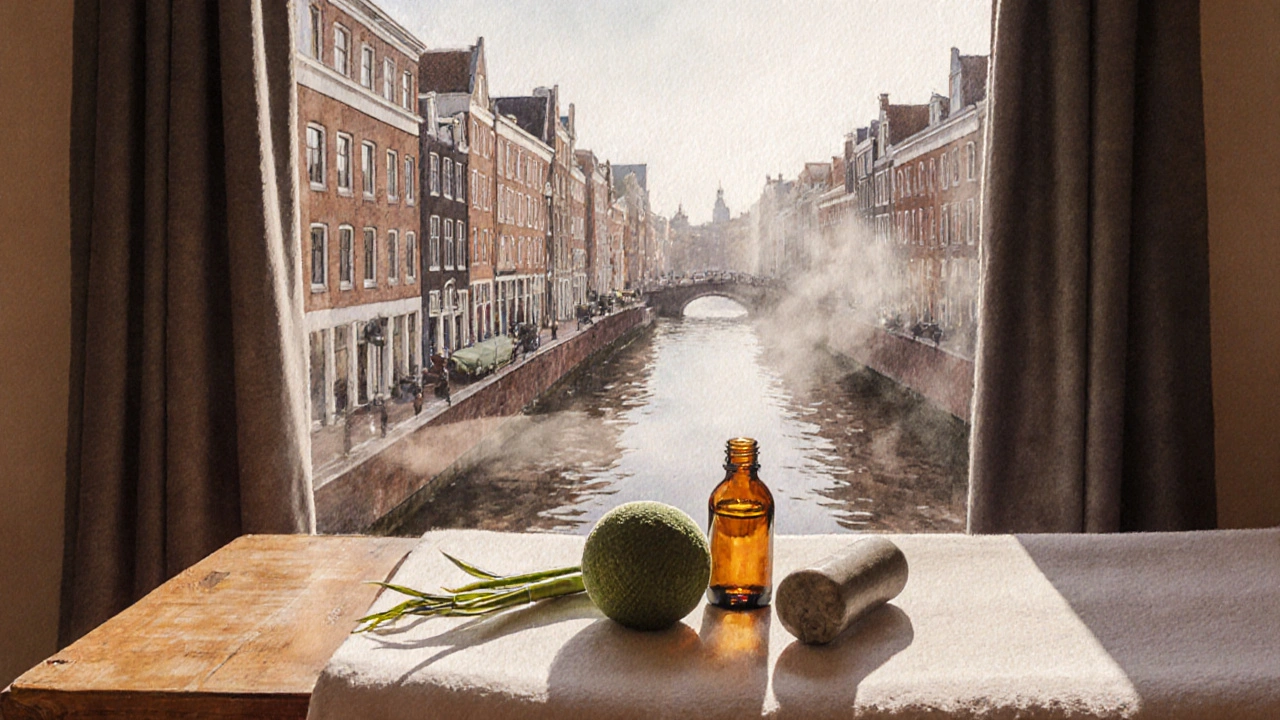
Types of Thai Massage Available in Amsterdam
Amsterdam’s multicultural spa scene offers several variations:
- Traditional Thai massage - The classic 8‑step sequence, focusing on full‑body stretches and pressure.
- Thai herbal ball massage - Warm herbal compresses are rolled across the body, adding aromatherapy benefits.
- Thai foot massage - Concentrates on reflex points in the feet, perfect for quick relief.
- Thai Thai oil massage - Uses oil for smoother glides, ideal for those who prefer less friction.
Each style can be tailored by the therapist to match your comfort level, from light to deep pressure.
How to Find Thai Massage Services in Amsterdam
Finding a trustworthy studio is easier than you think. Follow these steps:
- Search reputable directories like WellnessAmsterdam or the Amsterdam Spa Association for licensed Thai massage therapists.
- Read recent reviews on Google or Tripadvisor - look for mentions of clean facilities, professional attire, and clear communication.
- Check the therapist’s credentials. In the Netherlands, many practitioners hold certifications from the Thai Massage Association or have completed apprenticeships in Thailand.
- Use booking platforms such as Spafinder or the studio’s own online calendar to reserve a slot.
- Confirm the session length (usually 60, 90, or 120minutes) and ask about any pre‑session recommendations.
Neighborhoods like De Pijp, Oud‑West and the Jordaan host several highly‑rated studios, often just a tram ride from the city centre.
What to Expect During a Session
First‑timers often wonder what actually happens. Here’s a step‑by‑step walkthrough:
- You’ll lie on a firm mat on the floor, fully clothed in loose, comfortable attire.
- The therapist begins with a brief consultation, asking about any injuries, preferred pressure, and areas of tension.
- Warm‑up stretches for the arms and legs get your muscles ready - think of a gentle yoga flow.
- Using palms, thumbs, elbows and occasionally feet, the therapist applies rhythmic pressure along your Sen lines, moving from head to toe.
- Mid‑session you may be guided into deeper stretches, such as a seated forward bend or a supine leg lift.
- The session ends with a calming series of slow breaths, allowing your body to absorb the benefits.
Typical durations are 60minutes for a focused back and legs treatment, or 90minutes for a full‑body experience. You’ll feel relaxed, a bit sore (like after a good workout), and noticeably more limber.
Pricing and Booking
Amsterdam pricing reflects both the therapist’s expertise and the studio’s location. Rough guidelines:
- 60‑minute session: €65-€80
- 90‑minute session: €85-€110
- 120‑minute session: €110-€140
Many studios offer first‑timer discounts (10% off) or bundled packages (10sessions for €900). To book, simply use the studio’s online calendar, send a quick email, or call the front desk. Have your preferred date, session length, and pressure level ready to streamline the process.
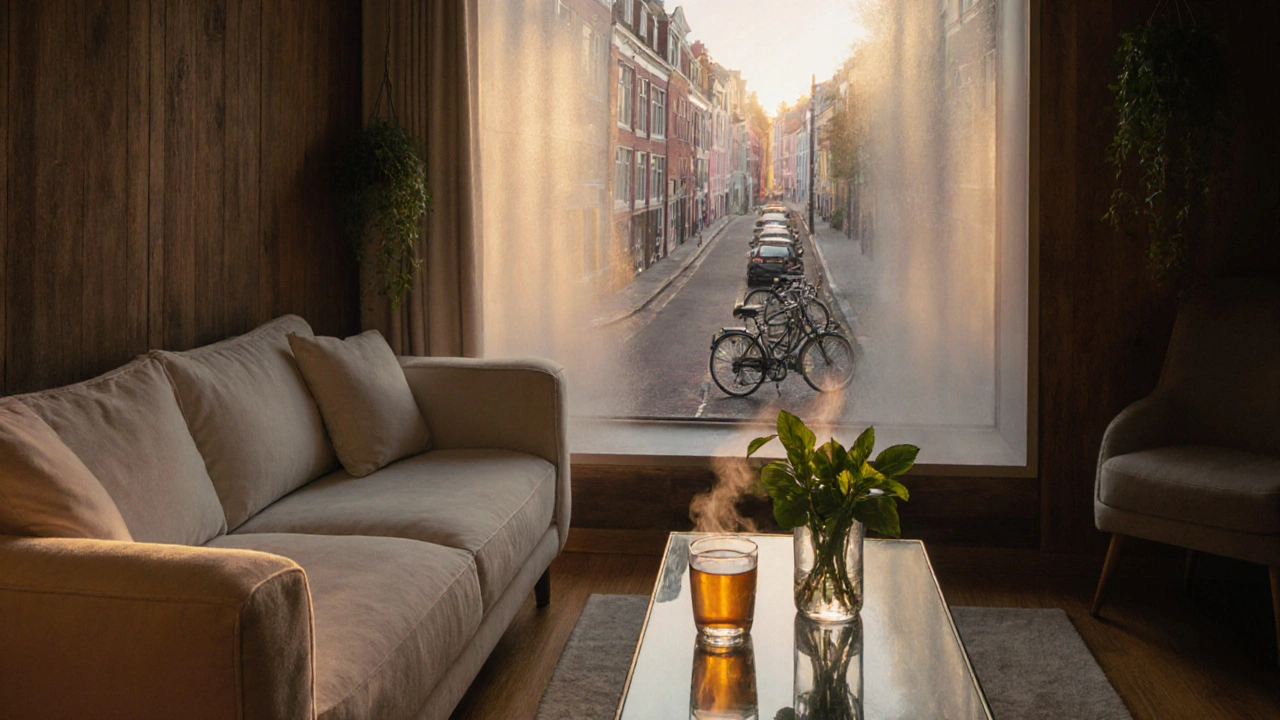
Safety Tips for a Great Experience
- Hydrate well before and after - water helps flush toxins released during deep stretches.
- Inform the therapist of any recent injuries, surgeries or chronic conditions; they can modify the routine.
- If you feel uncomfortable at any point, speak up. Pressure can always be adjusted.
- Avoid heavy meals within two hours of the session; a light snack is fine.
- Choose studios that follow strict hygiene protocols - fresh linens, cleaned mats, and hand sanitising stations.
Comparison Table: Thai Massage vs. Swedish Massage in Amsterdam
| Aspect | Thai Massage | Swedish Massage |
|---|---|---|
| Primary Technique | Yoga‑like stretches + pressure on Sen lines | Long, gliding strokes with oil |
| Clothing | Fully clothed (loose wear) | Usually unclothed, draped with sheets |
| Typical Session Length | 60‑120minutes | 60‑90minutes |
| Focus Areas | Whole‑body energy flow, flexibility | Muscle relaxation, circulation |
| Average Price (Amsterdam) | €65-€140 | €70-€120 |
| Best For | People seeking stretch, energy balance | Those who prefer gentle, skin‑on‑skin contact |
Frequently Asked Questions
Do I need to be flexible to try Thai massage?
No. The therapist works within your current flexibility range and gently expands it over time.
What should I wear?
Loose, comfortable clothing - think yoga pants or a simple t‑shirt. Shoes are removed.
Is Thai massage painful?
You may feel a deep pressure similar to a good stretch, but it should never be sharp pain. Communicate any discomfort.
How often should I get a session?
For beginners, once every two weeks helps build flexibility without over‑loading the muscles.
Can I combine Thai massage with other wellness treatments?
Absolutely - many clients follow a Thai session with a short sauna or a meditation class for a complete relaxation routine.
Ready to Experience Thai Massage?
If you’re curious about how this ancient art can boost your flexibility, relieve tension, and lift your mood, start by searching for a certified studio in De Pijp or the Jordaan. Book a 90‑minute session, bring a water bottle, and let the therapist guide you through a moving meditation. Your body will thank you.
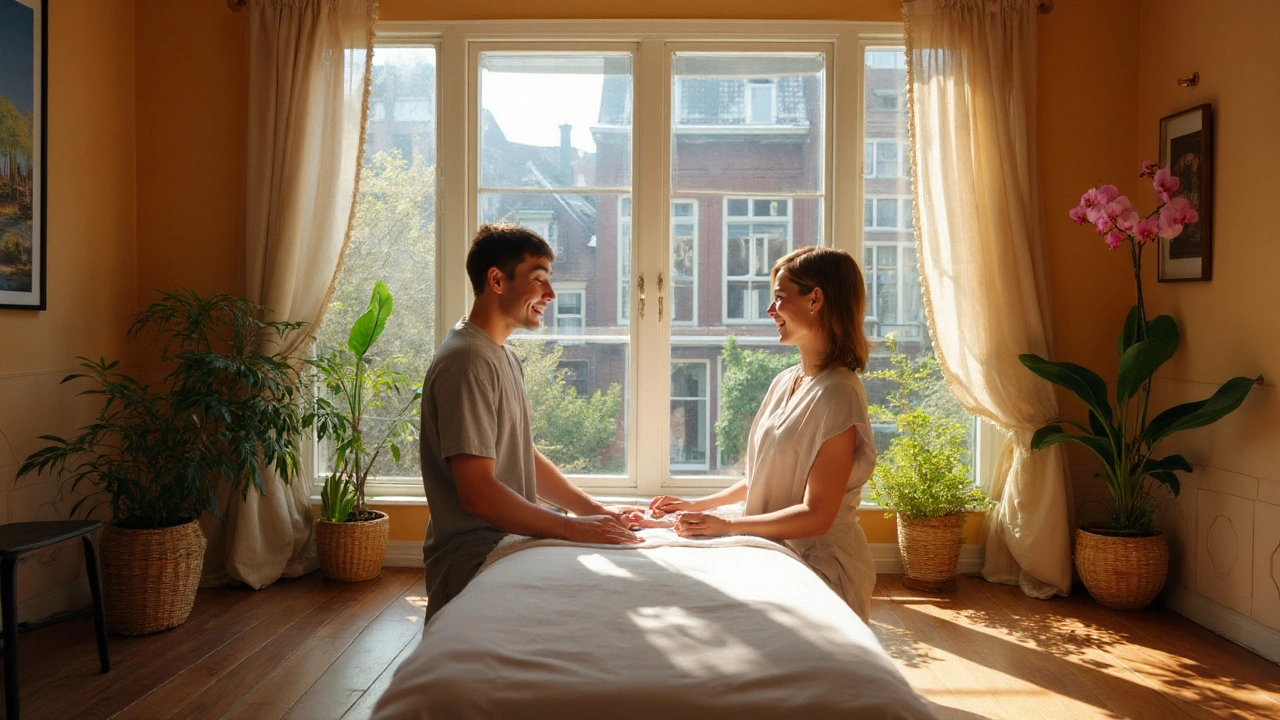
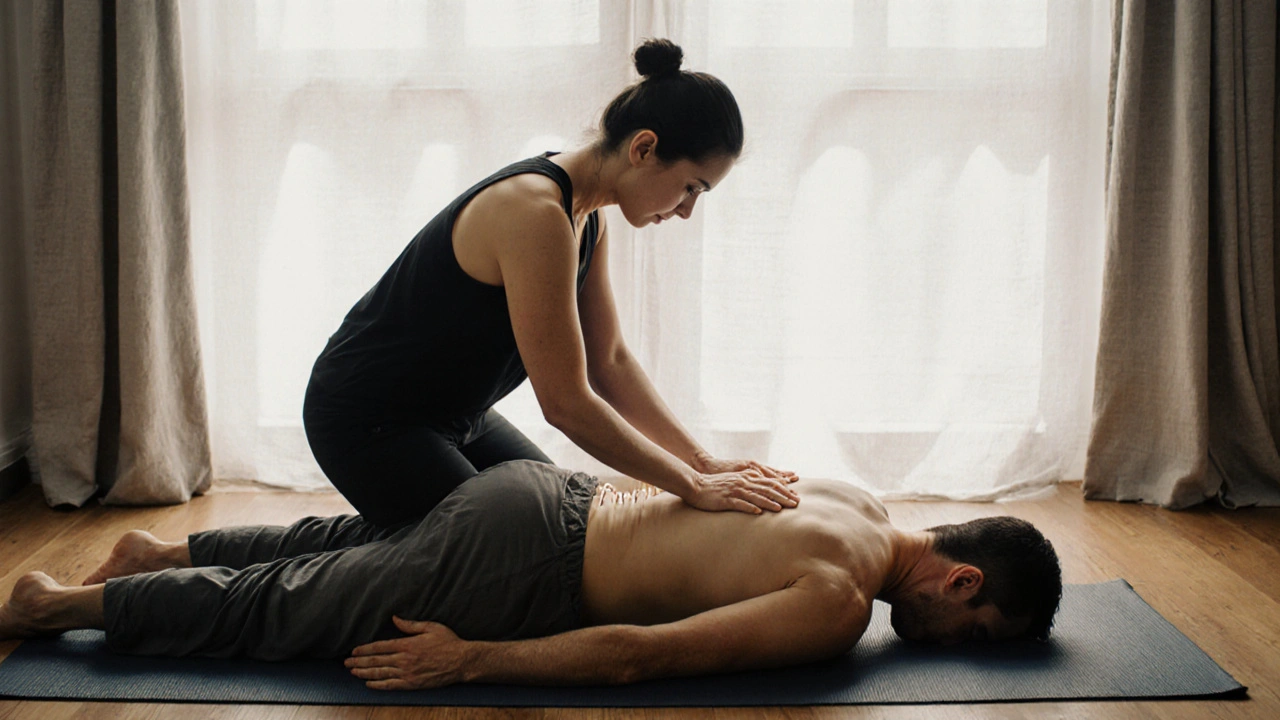
Jamie Baker
October 11, 2025 AT 22:36Oh sure, because the only reason anyone would travel to Amsterdam for a Thai massage is to get brain‑washed by some secret yoga cult that’s secretly run by the Illuminati. They probably sprinkle herbal balls with mind‑control herbs while you’re busy trying to touch your toes. And of course, the whole “improve flexibility” thing is just a cover for them to make you more pliable for their next global agenda. Didn’t you read the memo that every wellness spa is part of a larger scheme to keep us complacent? 🙄
Mary Chambers
October 14, 2025 AT 02:00Hey folks, just wanted to chime in and say that thai massage can actually be a great way to unwind, even if you’re a bit skeezy about the whole "secret agenda" thing. If you’re new, just wear comfy loose clothes – no need to be a yoga pro, the therapist will work with what you got. Definately try a 60‑minute session first; you’ll get a feel for the stretches without overdoing it. Also, keep hydrated before and after – water helps flush out any leftover stress. Everyone’s different, so go at your own pace and enjoy the chill vibes.
Jason Chan
October 16, 2025 AT 09:33For those contemplating their inaugural Thai massage, it is prudent to consider the therapeutic principles underpinning the practice. The integration of rhythmic pressure along the Sen lines, coupled with guided respiration, serves to augment both circulatory dynamics and musculoskeletal elasticity. Consequently, practitioners often report heightened proprioception and a measurable reduction in cortisol concentrations post‑session. While the historical lineage traces back to 13th‑century Bangkok, contemporary studios in Amsterdam have refined the protocol to accommodate Western clientele, ensuring adherence to rigorous hygiene standards. Should you elect to book, I recommend verifying the therapist’s certification through the Thai Massage Association, as this assures a baseline of competence. Moreover, a pre‑session dialogue concerning any musculoskeletal contraindications will enable the therapist to tailor the stretches appropriately. In sum, a well‑executed Thai massage can function as a holistic adjunct to one’s wellness regimen. 😊
Herhelle Bailey
October 18, 2025 AT 17:06I tried a Thai foot massage once and it was okay.
Shobhit Singh
October 19, 2025 AT 20:53Alright, let me take you on a little journey through what a first‑time Thai massage experience in Amsterdam really feels like, because there’s a lot more nuance than the typical checklist you might see on a website. First, you arrive at a studio in De Pijp that has a calm, almost zen‑like ambience, with soft lighting and the faint scent of lemongrass wafting from the nearby herbal ball station; you can almost hear the gentle hum of the city outside while you step onto a low, firm mat. The therapist greets you with a warm smile and asks about any injuries – a simple but essential step that ensures they can adjust the intensity of stretches without overtaxing delicate areas, such as a recent knee strain you might have incurred from cycling. They then guide you through a brief breathing exercise, encouraging slow, diaphragmatic inhales that help you settle into the present moment and prepare your nervous system for the upcoming flow of movement. As they begin, you’ll notice a harmonious blend of yoga‑like poses and rhythmic pressure applied with palms, thumbs, elbows, and occasionally even their feet, each transition designed to coax your muscles into a state of gentle elongation. The therapist moves methodically from head to toe, paying particular attention to the Sen lines – the conceptual energy pathways that, according to traditional Thai theory, carry vital life force throughout the body. You’ll feel a pleasant stretch in your hamstrings, a subtle pull in your shoulders, and a deep, warm pressure along your spine that almost feels like a wave rolling over you. Throughout the session, the therapist checks in, asking if the pressure feels right, allowing you to communicate any discomfort, which is crucial for maintaining safety and ensuring a customized experience. By the time the 90‑minute mark rolls around, you may experience a mild soreness akin to a good workout, but it’s a rewarding ache that signals improved flexibility and release of tension. After the session ends, you’re guided back to a calm breathing rhythm, allowing your body to absorb the benefits and your mind to settle into a state of relaxed alertness. Finally, you’re reminded to hydrate – water helps flush out metabolic waste released during the deep stretches, and you leave feeling lighter, more limber, and surprisingly energized for the rest of your day. 🌱
Nelly Todorova
October 21, 2025 AT 00:40Wow, I can’t believe how dramatically the vibe shifts when you actually sit down for a Thai massage in the heart of Amsterdam! It’s like stepping onto a stage where every stretch is a spotlight, and the therapist is the director of this bizarre, yet oddly soothing, performance. I walked in expecting a simple back rub and walked out feeling like I’d just been through a full‑body reboot – my muscles were singing, my mind was humming, and I was left wondering if I’d just been part of some secret wellness circus. The whole experience is just so intense that I’m still half‑expecting applause from the floor mats. Seriously, if you haven’t tried it yet, you’re missing out on the most theatrical stretch‑session of your life.